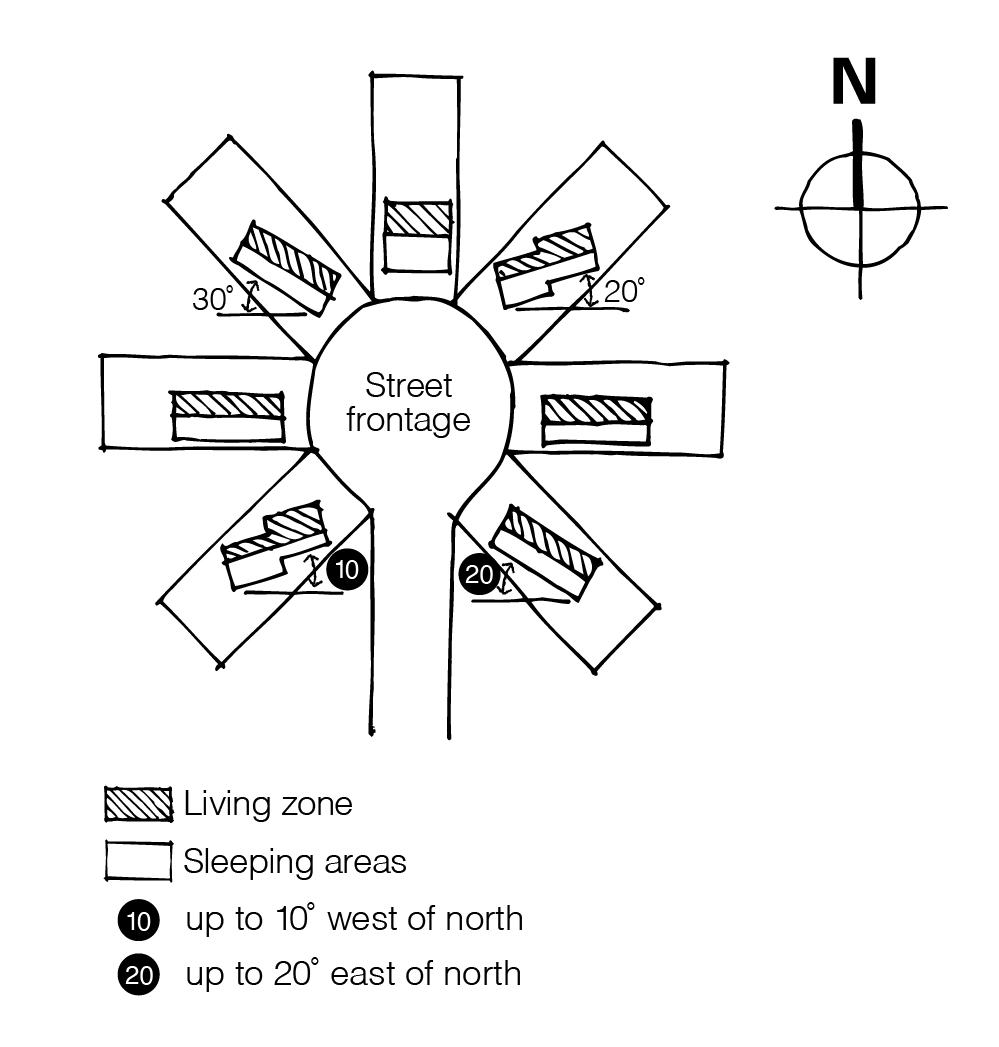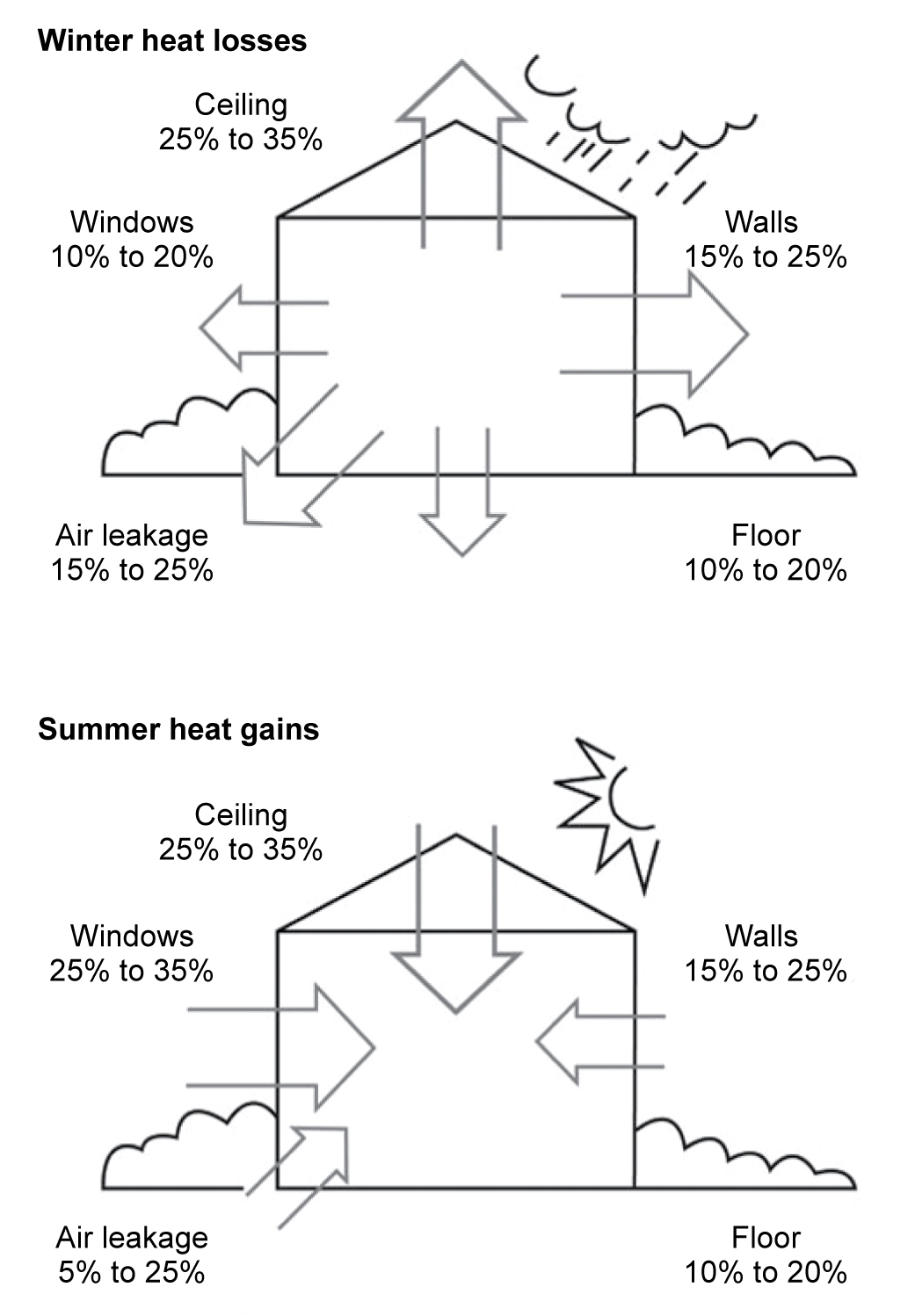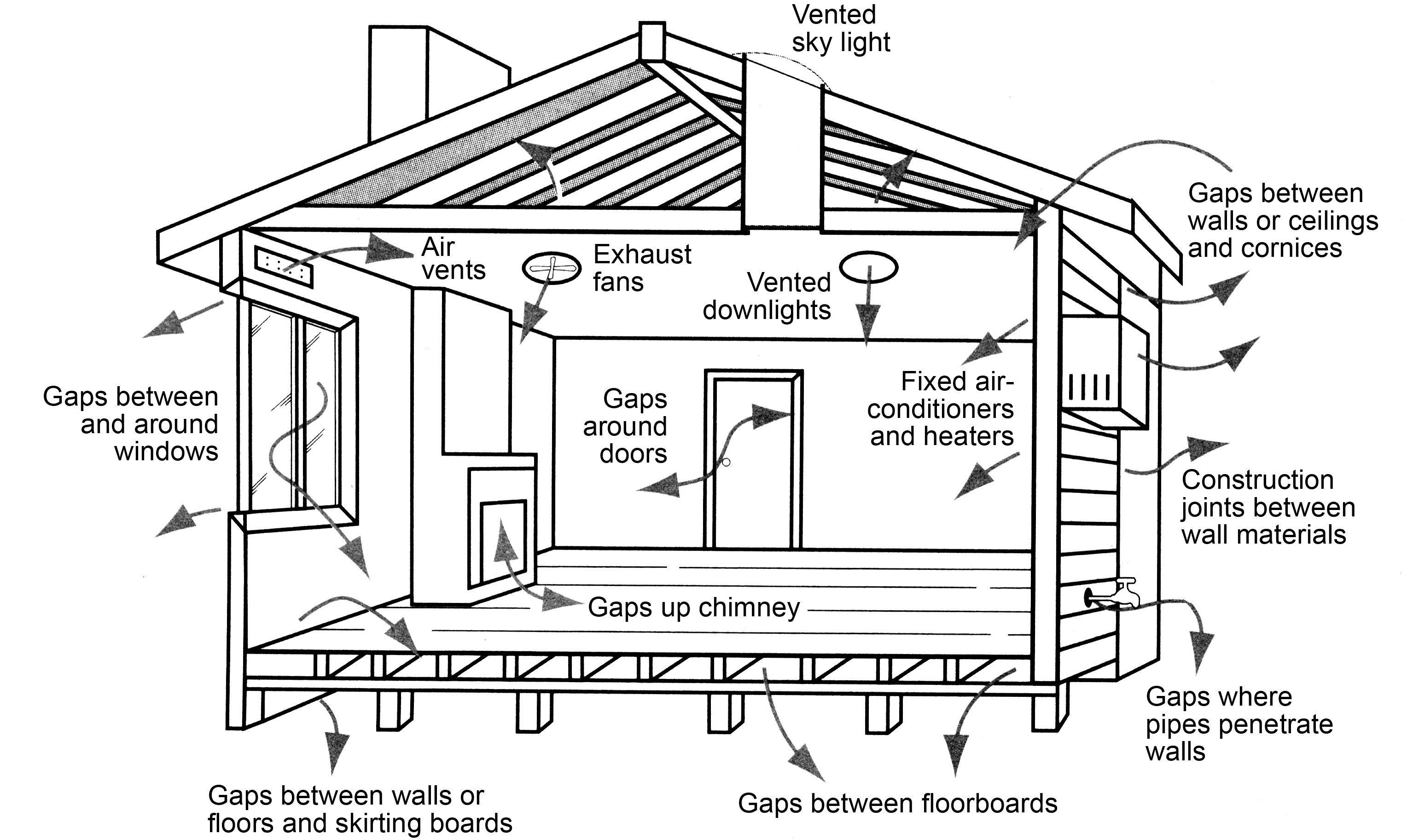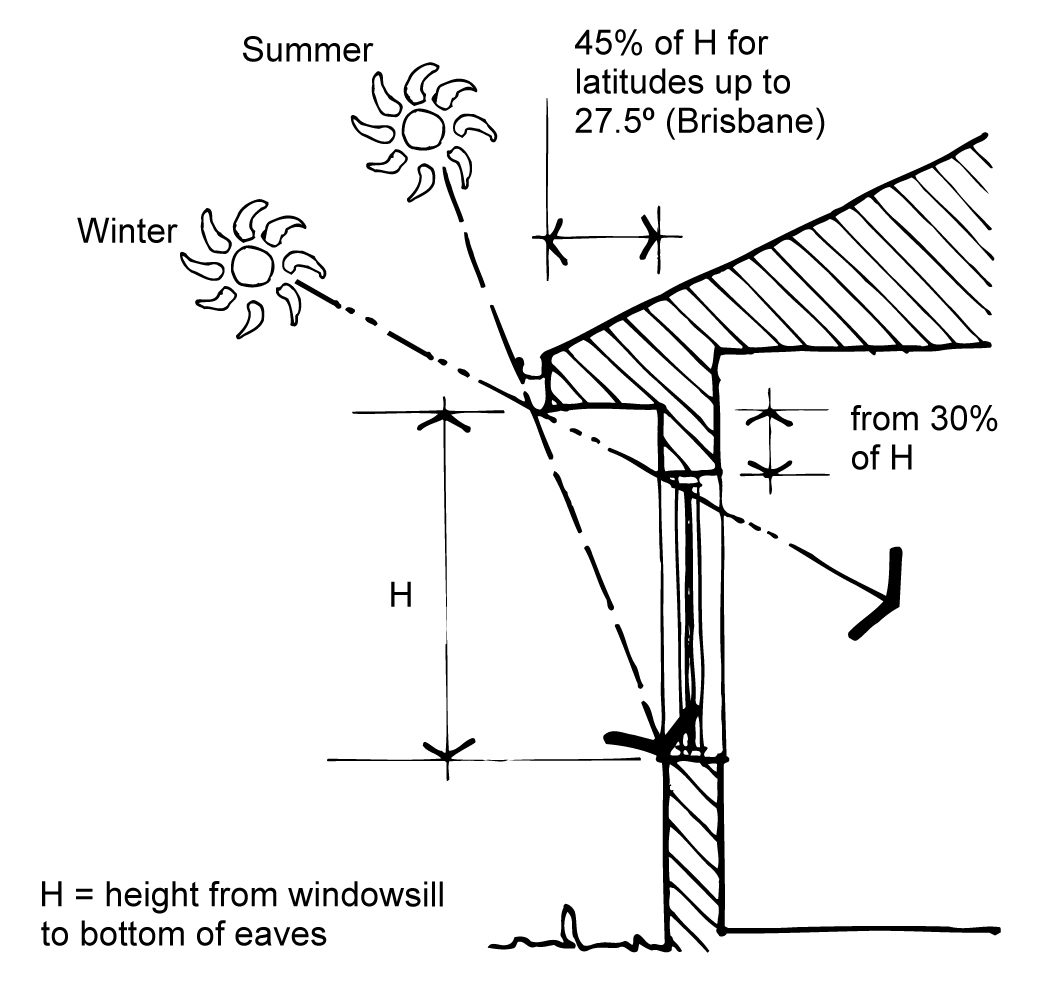Our service is designed to make the process of building a home easier for you.
We know this takes a community of trusted architects, builders, tradies, and regulators. We’re here for the whole journey. From the time we design your home till the moment you move in.
We connect with a community of people to give you the confidence and inspiration to change your world for the better. Whether you’re looking for a neighbourhood to live, renovate, or build a new house, our team supercharges your adventure and guides you through the process.
Stages of Design
Initial Meeting
The first step starts with you. Contact us for an initial meeting to discuss your project, site and initial scope of works.
We’ll discuss your brief, budget & timeframe and explain how we work and what you can expect from us. After this no-obligation meeting we provide you with a fee proposal for the Architectural design stages below.
Concept Design
The focus at this stage is on the big picture – knowing that we will get into the details later.
We analyse your site , brief & budget and create the overall concept layout of spaces and form in response to the opportunities and constraints of the site.
You will be presented with a thoroughly considered site plan, floor plan and 3D perspectives.
Design Development
During this stage we will further develop and refine your design based on your concept feedback.
We will focus on fine tuning the room layouts and sizing, windows, doors and the external form and materials.
we will present and discuss the following items.
– Detailed floor plans & elevations
– External materials & colours
– Shadow diagrams & solar studies
– External shading devices, decks & pergolas
– Rainwater harvesting (requirements vs recommendations)
– Windows & Doors selection & details
– Floor finishes
Construction Documentation
This involves producing drawings, specifications and co-ordinating consultants (Geotechnical Engineers, Structural Engineers, Energy Accessor etc) to produce all of the documentation sufficient to run a tender process, obtain a building permit and start construction.
In addition to the comprehensive drawing set presented in the previous stage, we will add to this with;
– Electrical & Lighting plans
– Heating, cooling & ventilation details
– Insulation & moisture control
– Comprehensive specifications documentation
– Final energy assessment certificate (EER)
Approvals
Depending on your specific project you will need to get approval. We will help with the plans and documentation to gain the required approvals. These may include;
– Utility compliance & approval
– Minor encroachment approval (Form 1N)
– Development approval (DA)
– Building approval (BA)
Tendering / Finding a Builder
It is important to select a builder whose approach aligns with your own. We will discuss your options of working with a builder during the design process or running a competitive tender with our recommended builders.
We will prepare and manage the tender process and support you in selecting a builder.
Support During Construction
When construction begins it is the responsibility of the builder to implement the plans. However, we offer two streams of service during the construction of your home to ensure the design intent is achieved.
An hourly rate (advice only) or our pre-set schedule of site visits set at critical stages of your build, and being included in all communication between the builder and yourself to advise on questions, decisions, or clarification of design intent.
After Construction
We always hope to stay in touch. With your permission we would love to continue to engage with you to keep spreading the word about the importance of good design & energy efficient homes.
We treasure close relationships with former clients and appreciate their feedback. As humans we are not perfect. We would love to know what worked great and what we could do differently moving forward so that we can continue to improve our services and the homes we create.
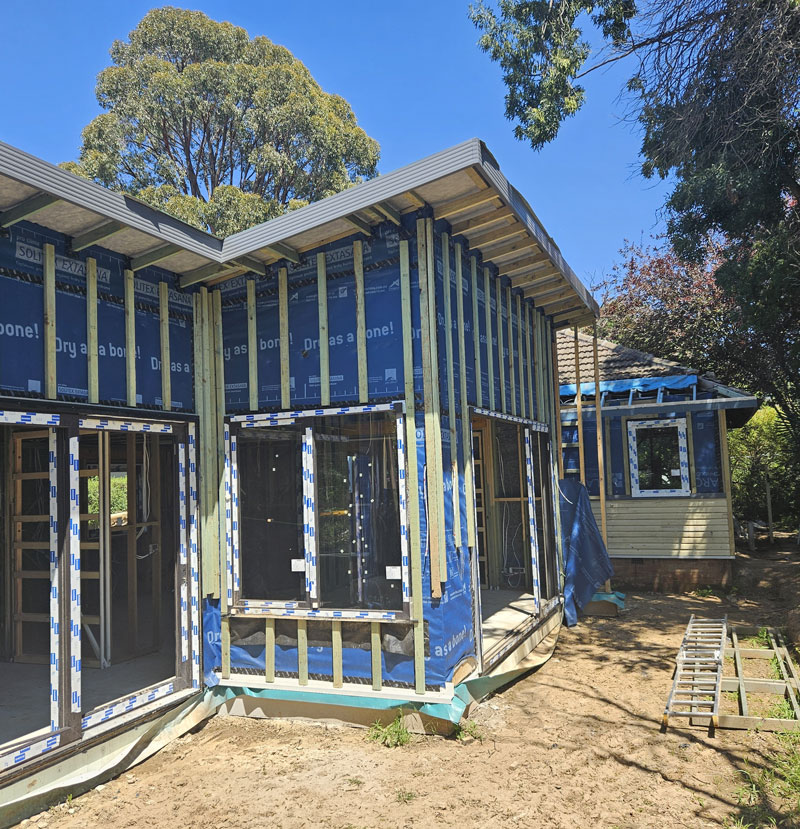
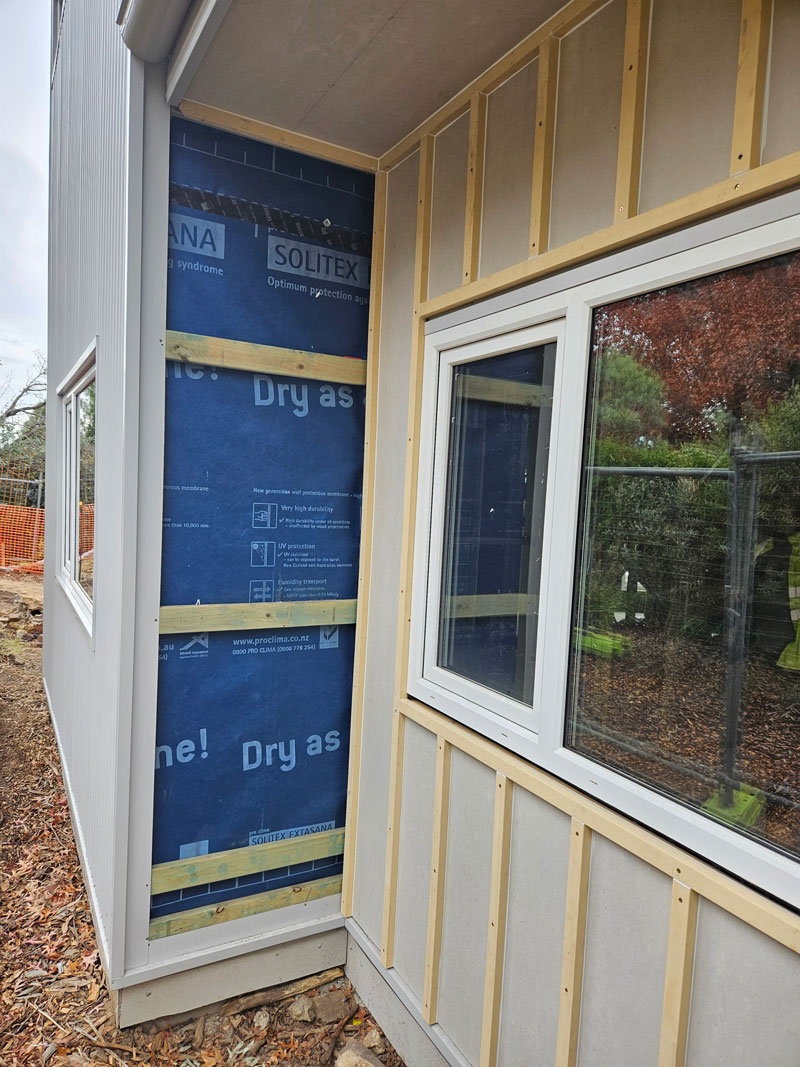
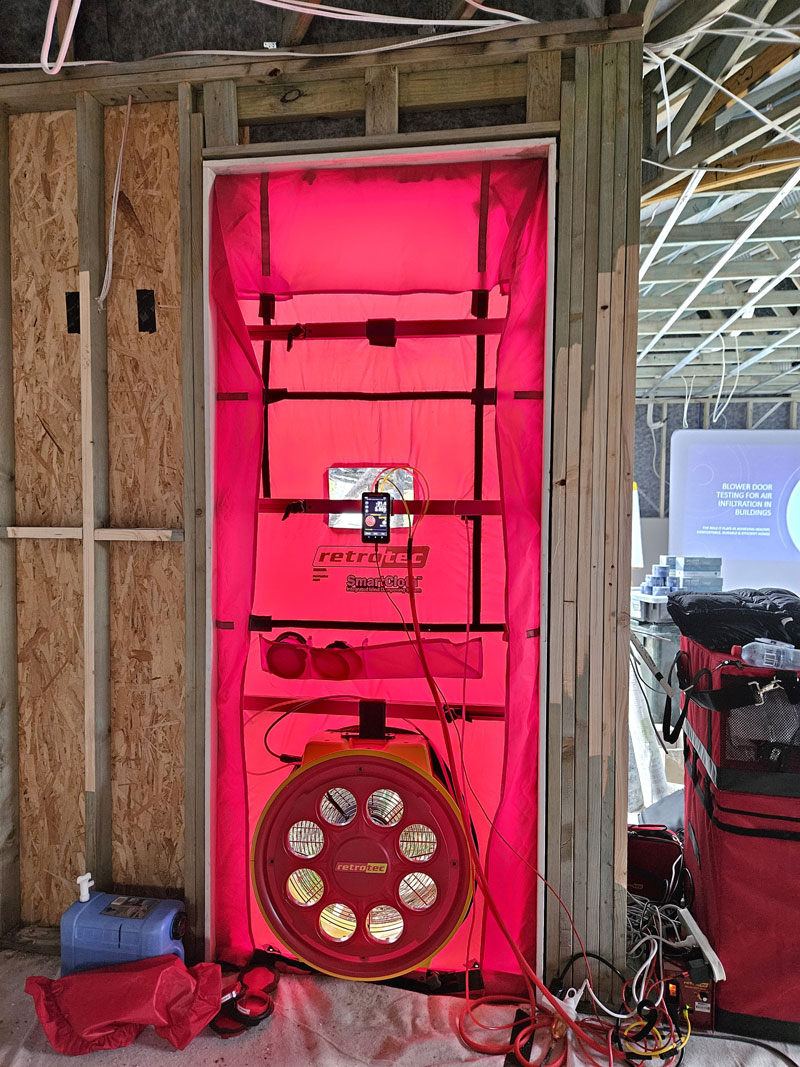
Why choose Neighbourhood Architecture?
Expertise in solar passive design
Our team of skilled architects is dedicated to harnessing the power of nature through solar passive design. By maximising natural light, optimising ventilation, and utilizing thermal mass, we create homes that are naturally comfortable year-round, reducing the need for artificial heating and cooling.
Tailored to you
We understand that every neighbourhood has its unique character. Our designs are deeply rooted in understanding your community’s aesthetics, ensuring that your home becomes an integral part of the neighbourhood, reflecting its charm while standing as a testament to sustainable living.
Site-specific solutions
Every site is unique, presenting its own challenges and opportunities. We carefully analyse your site, considering its orientation, topography, and existing vegetation to design a home that not only capitalises on its natural beauty but also respects and preserves the local ecosystem.
Client-centric approach
Your dreams and requirements are at the heart of our design process. We collaborate closely with you to understand your vision, lifestyle, and preferences. Your input guides us as we craft functional, beautiful, and sustainable living spaces that cater to your every need.
Climate-responsive designs
We recognise the significance of climate in architectural design. Our expertise in diverse climate zones allows us to create homes that are not just energy-efficient but also adapted to withstand the challenges posed by different climates, ensuring your comfort and well-being regardless of the weather.
Solar passive design principles
Solar passive design principles focus on using natural elements to create a comfortable living environment within a building while minimising the need for mechanical heating or cooling systems. This approach not only reduces energy consumption but also promotes sustainability. When designing a home using passive design principles, several key factors should be considered:
Orientation
The way a building is oriented on its site plays a crucial role in passive design. Maximizing the use of natural light and heat from the sun can significantly reduce the need for artificial lighting and heating. In the Southern Hemisphere, for example, North-facing windows allow for maximum sunlight exposure during the winter months.
Insulation
Proper insulation in walls, floors, and roofs helps regulate the interior temperature by preventing heat loss in winter and heat gain in summer. Insulation materials with high thermal resistance, such as fiberglass, foam, or cellulose, are commonly used to achieve this goal.
Site-specific solutions
Every site is unique, presenting its own challenges and opportunities. We carefully analyse your site, considering its orientation, topography, and existing vegetation to design a home that not only capitalises on its natural beauty but also respects and preserves the local ecosystem.
Ventilation
Effective natural ventilation helps maintain indoor air quality and regulates the temperature. Cross-ventilation, achieved by strategically placing windows and vents on opposite sides of the building, allows fresh air to flow through the interior spaces, providing cooling in warm weather.
Shading
Strategic placement of shading devices like awnings, pergolas, or deciduous trees can block excessive sunlight during the hot months while allowing sunlight to enter during the colder months. This prevents overheating and reduces the need for air conditioning.
Thermal mass
Materials with high thermal mass, like concrete or brickwork, can absorb and store heat during the day and release it slowly at night, helping to stabilise indoor temperatures. This principle is particularly useful in climates with significant temperature variations between day and night.
Sealing and airtightness
Proper sealing of windows, doors, and building envelopes minimises drafts, preventing heat loss or gain through gaps and cracks. This enhances the overall energy efficiency of the building.
Landscaping
Thoughtful landscaping, such as planting trees and shrubs strategically to provide natural shade and windbreaks, can contribute to the passive cooling and heating of a home.
Efficient glazing
Using high-performance windows with low-emissivity coatings and double glazing can reduce heat transfer while allowing natural light to enter the building.
Minimising heat sources
Appliances, lighting, and occupants generate heat. Designing the layout of rooms and the placement of heat-producing appliances thoughtfully can minimise the impact of internal heat gains, reducing the need for additional cooling.


